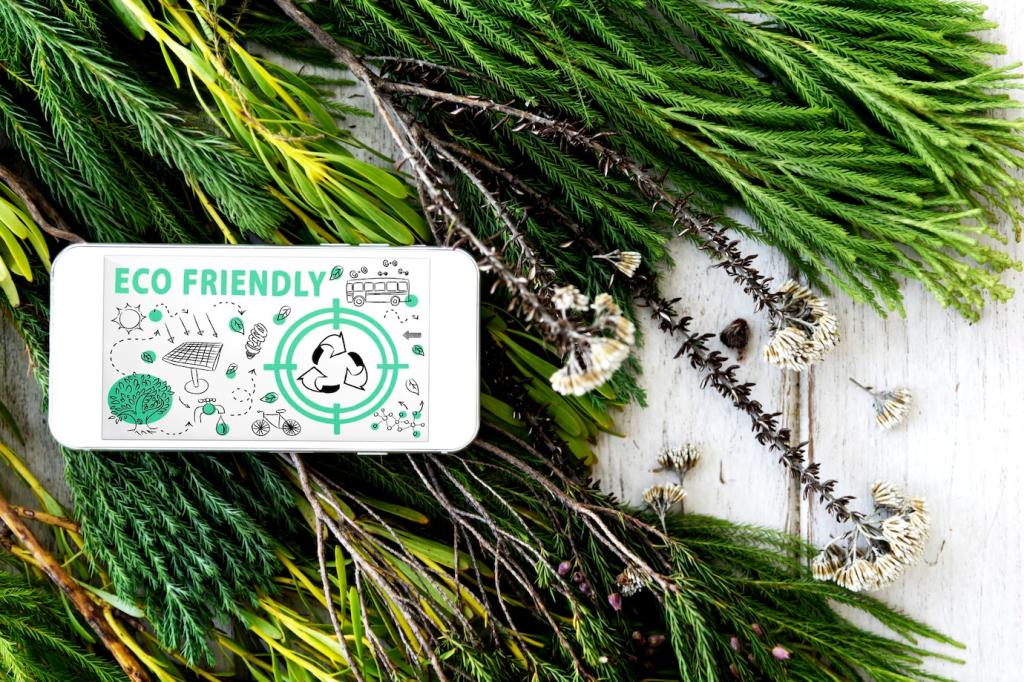Emerging Trends in Sustainable Interior Design
Previous slide
Next slide

Previous slide
Next slide
Plant-Based and Bio-Based Materials
Plant-based and bio-based materials represent a new generation of eco-friendly options, harnessing agricultural byproducts and renewable resources. Examples include mycelium-based panels, algae-derived fabrics, and linoleum made from flaxseed oil. These materials boast low toxicity, are often biodegradable, and have reduced embodied carbon compared to conventional options, contributing to more sustainable and healthier interior environments.
Low-VOC and Non-Toxic Products
The shift toward low-VOC and toxin-free products is reshaping the market for paints, adhesives, finishes, and furnishings. These products prioritize occupant health by minimizing harmful emissions that can lead to respiratory issues and other health concerns. Specifying materials with environmental certifications not only improves air quality but also aligns with broader goals around sustainability, wellness, and responsible sourcing.
Smart Technology for Resource Efficiency
01
Intelligent Lighting and Controls
Smart lighting systems now leverage occupancy sensors, daylight harvesting, and intuitive controls to dramatically reduce energy consumption. These systems adapt lighting levels based on natural light availability and user preferences, ensuring that illumination is provided exactly when and where it is needed. The result is not only lower utility costs but also improved comfort and productivity for occupants.
02
Smart HVAC and Air Quality Monitoring
Smart HVAC (heating, ventilation, and air conditioning) systems, paired with advanced air quality monitors, are setting new standards for energy efficiency and indoor health. These systems automatically adjust to occupancy patterns and external conditions, optimizing temperature, humidity, and air filtration in real time. The integration of such solutions enhances comfort while minimizing resource use, helping interiors achieve sustainability goals without sacrificing well-being.
03
Water-Saving Fixtures and Monitoring
Incorporating water-saving technologies like low-flow faucets, dual-flush toilets, and smart leak detectors has become a cornerstone of sustainable interiors. These fixtures and monitoring systems reduce water waste and provide real-time feedback on consumption, enabling proactive management of this precious resource. The net effect is a reduced water footprint and increased cost savings over the lifespan of a space.
Upcycled and Local Sourcing
Designers are increasingly turning to upcycled furniture and fixtures, breathing new life into items that would otherwise contribute to landfill waste. Artisans and manufacturers are transforming discarded materials—from metals to textiles—into functional and beautiful new pieces. Upcycled solutions not only lower environmental impact but also celebrate craftsmanship and creativity, turning sustainability into a feature rather than a compromise.

Health and Wellbeing-Centric Design
Enhanced Indoor Air Quality
Prioritizing indoor air quality is a defining trend in sustainable interiors. This is achieved through the careful selection of low-emission materials, incorporation of high-efficiency filtration systems, and the integration of plants that naturally purify the air. Enhanced air quality reduces the incidence of illness and allergy, creating spaces where occupants can thrive physically and mentally.
Acoustic Comfort Solutions
Addressing acoustics is critical for both mental wellbeing and productivity, especially in dense urban environments or open-plan settings. Sustainable design incorporates sound-absorbing materials made from natural or recycled fibers, as well as strategic spatial planning to minimize noise pollution. Carefully designed acoustic environments contribute to reduced stress levels, improved concentration, and greater satisfaction in residential and work environments.
Ergonomic and Inclusive Design
Sustainable interiors are embracing universal design principles to ensure all occupants, regardless of age or ability, can use and enjoy a space comfortably. Ergonomic furnishings, accessible layouts, and adjustable features minimize strain and support healthy postures. By emphasizing inclusivity, sustainable design not only serves the environment but also fosters equity and holistic human health.
Previous
Next
Transparency and Certifications
Environmental Product Declarations (EPDs)
Environmental Product Declarations are a standardized way to communicate the environmental impacts of products over their lifecycle. EPDs help designers compare options and make informed choices that support project sustainability goals. As more manufacturers are compelled to provide this information, the industry as a whole moves toward greater accountability and reduced “greenwashing.”


Third-Party Green Certifications
Third-party certifications such as LEED, WELL, and Cradle to Cradle provide trusted guidelines and benchmarks for sustainable interiors. These certifications assess a range of factors from material health and construction practices to energy and water use. Achieving such certifications not only benefits the environment but demonstrates a commitment to transparency, offering reassurance to clients and end-users alike.
